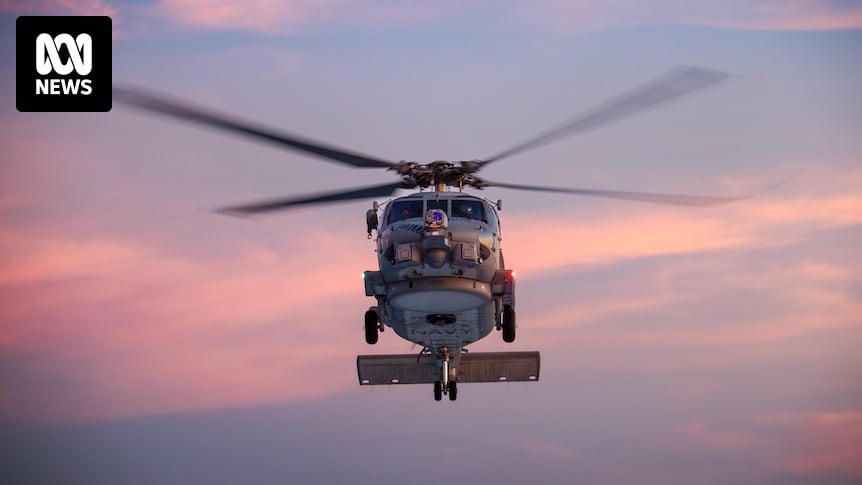- cross-posted to:
- news@beehaw.org
- cross-posted to:
- news@beehaw.org
An Australian pilot was forced to take evasive action after a Chinese military jet detonated flares close to a Navy helicopter that was operating in international waters near South Korea.
The Defence Department has described the actions of the J-10 Chinese Air Force plane as “unsafe and unprofessional” following the incident which took place in the Yellow Sea over the weekend.
On Saturday a MH-60R Seahawk which had launched from HMAS Hobart was intercepted by the People’s Liberation Army-Air Force (PLA-AF) as it was taking part in a UN mission to enforce sanctions against North Korea.



Australia claims they were flying there for surveillance to enforce sanctions on North Korea. UNCLOS stipulates what internationally lawful uses of the sea are (including freedom of navigation, overflight), and it’s difficult to argue that foreign surveillance falls under that definition. Notably, surveillance does not fall under overflight, as overflight stipulates that no activities are conducted over the flyover that are not related to the flyover itself.
Your claim is that military surveillance is an internationally lawful use. That’s insane. Your interpretation would allow Chinese and Russian aircraft to surveil within 12 miles of the US mainland, drop maritime survey beacons outside of key harbours (to spot submarines and map out the harbour), and do acrobatics within view of major US cities.
Again, dropping warning flares in front of an aircraft to intercept is standard policy. It’s not even worthy of mention most of the time, and it’s described in FAA rules.
US F-22s intercept Russian fighter jets, fire warning flares
Again, Australia has still refused to release videos of the incident despite calls from the British to do so.
I get what you are saying, I think I see where our disagreements start.
I read up on EEZs and see the disputes there. It seems the rules unfairly favour the nation / alliance with the biggest navy, ergo the US and allies. I don’t fault the Chinese for trying to alter that, maybe they should indeed park a few warships 12 miles off Washington and see what happens. As I saw, they also sail into US EEZs to put that pressure back on the US, with the US just tailing them.
My argument is that according to the current rules, flying there is fine. You say the rules are unfair, and they might be, and people should maybe sit down to change them. Not by dumping flares on top of aircraft, though.
On that point, I see you’re saying that the Australians might be lying. All I can say, and all I said, is that if what they say is true, the Chinese are in the wrong from an aviation safety perspective, and to me that perspective is all that matters. If the Australians were intercepted and flares were only used with proper separation as a signalling device, that’s fine. The Australians claim otherwise, and have released no footage, which I agree is suspicious.
China’s navy is by no means advanced enough to project power halfway across the globe. It’s not been designed to do so, either: most of China’s navy is designed to repel a naval invasion near Chinese waters.
It’s considered breaking news and a gross overstep when China flies over an arbitrary EEZ line in the Taiwan Strait to enter another EEZ for even a second. That should tell you all you need to know about China’s confidence in its own capabilities.
I mean there was for example this incident, and I don’t remember it raising many eyebrows outside military news.
I think the article is confused